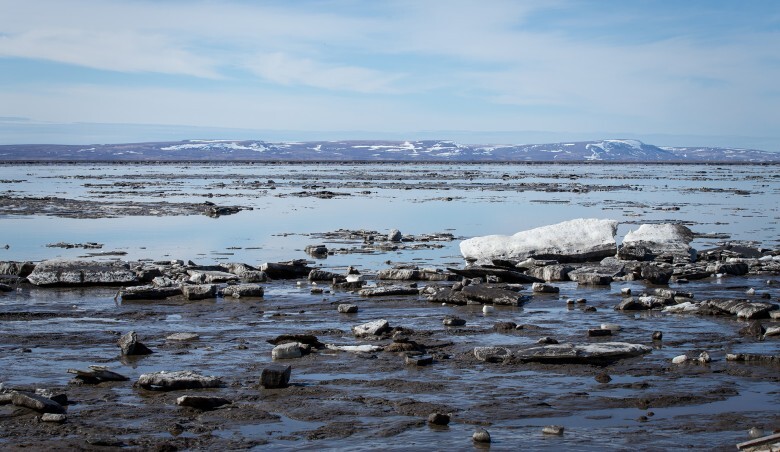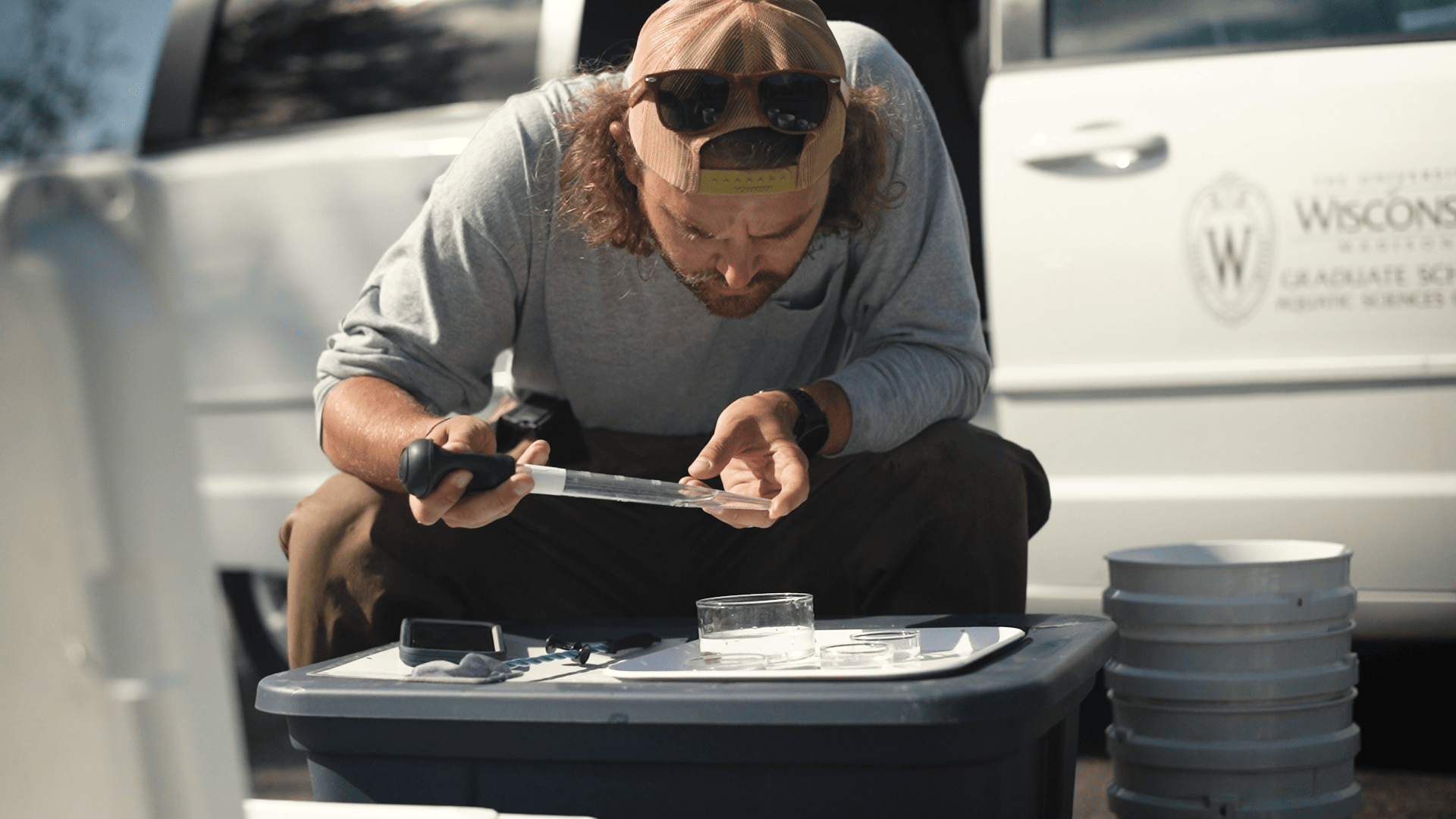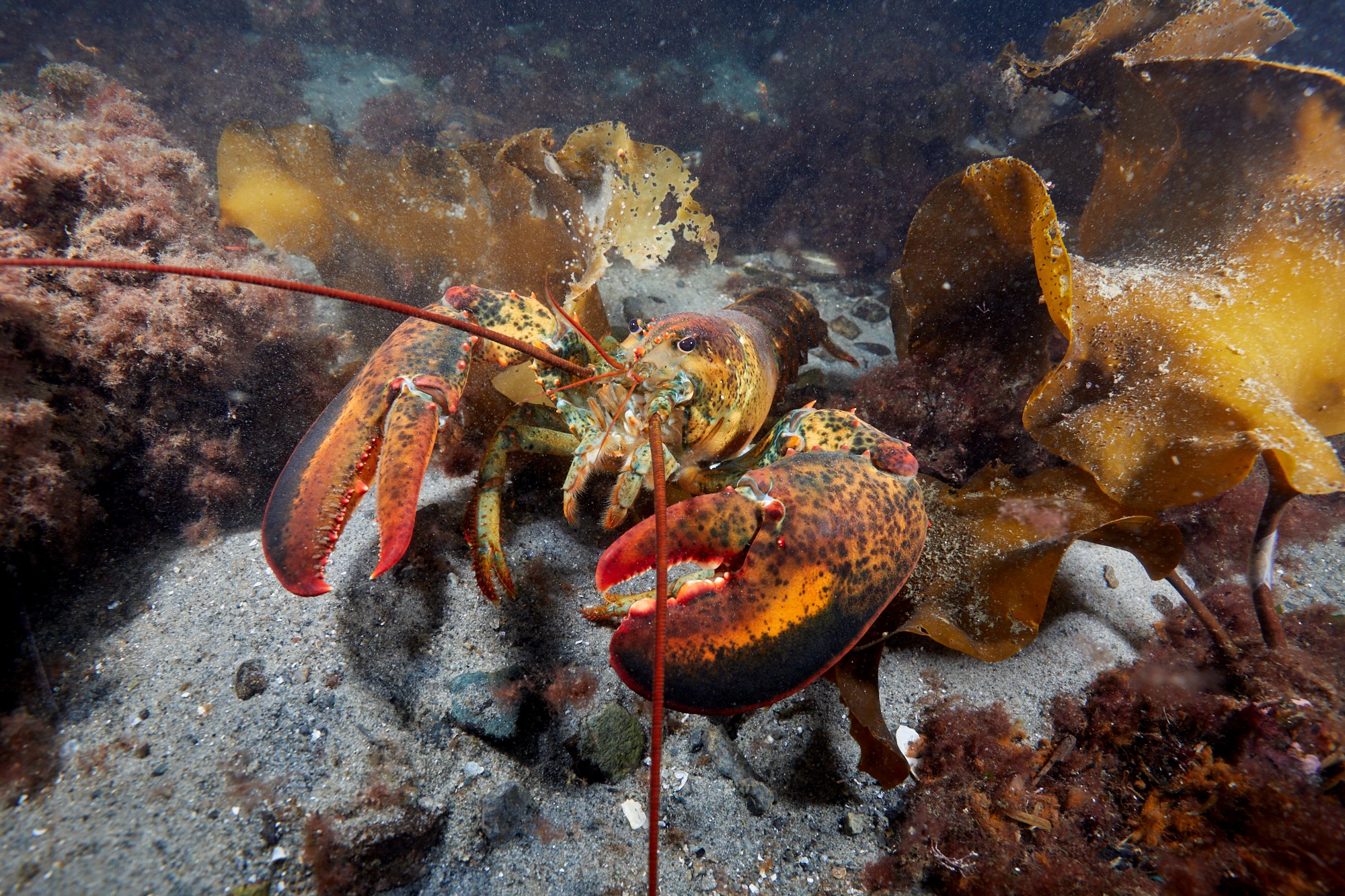Minnesota Sea Grant Coastal Storms Outreach Coordinator
It’s Rip Current Preparedness Week, what is the one thing everyone needs to know about being safe at the beach?
I can’t narrow it down to just one thing, so how about two?
1) Go to the beach and enjoy, but if you go in the water, look at the weather conditions and make sure you can recognize, avoid, and escape from (if necessary) dangerous currents.
2) Never go swimming alone!
What is something cool you learned while working with the Coastal Storms Program?
I’ve always known the Great Lakes region to have some beautiful, pristine beaches, but I was amazed to learn that the region has over 10,000 miles of shoreline! This means that there are a lot of great swimming beaches in the Great Lakes, but many are remote and/or don’t have lifeguards, so it’s important for everyone to be aware of surroundings and know what do to in case of an emergency.
What drove you to work on outreach with coastal communities?
Growing up in Indiana, I have many fond memories visiting the Lake Michigan shoreline as a kid – especially Indiana Dunes. Those memories, coupled with my interest in helping communities minimize impacts on their surrounding environment, led me to want to work with coastal communities.
How did you get involved with Sea Grant? When did you join Sea Grant?
My first introduction to Sea Grant was through a 2011 Fellowship with Heather Stirratt and NOAA’s Office for Coastal Management (then the Coastal Services Center), while I was finishing my degree at the University of Michigan. Through that experience, I had the pleasure to meet several folks within the Great Lakes Sea Grant network at a meeting in Sheboygan, Wisconsin. A year later, I joined Minnesota Sea Grant as an Outreach Coordinator for the NOAA Coastal Storms Program in the Great Lakes.
What is your favorite part about being a Sea Grant Extension agent?
I get to work with some of the most passionate, smart, and genuine people I have ever met, helping them to manage and protect some of the most beautiful and unique places in the country.
What is the biggest challenge you face at your job?
Time. There are so many good ideas, I just wish I had more time to work on them all.
When did you know you wanted to pursue a career in science?
I come from a predominantly medical family, so science, especially biology, has always captured my interest (and I was a big fan of Bill Nye). Not too long into my pre-med biology degree in college, I found out that I was much more comfortable in a lake, wearing chest waders than I was in a genetics laboratory. This led to a passion for finding ways to protect aquatic environments, driving me to switch my major to Ecology, then to pursue an Urban/Land Use Planning degree after finishing college. Recognizing that urban development was going to keep occurring, I wanted to help find ways to reduce its impact, therefore keeping lakes, wetlands, and streams in good health so that future generations can enjoy them as I have.
What part of your job did you least expect to be doing?
The aspect of my job that I least expected to be doing actually turned out to be one of my favorite parts, and that is traveling to many different coastal locations around the Great Lakes to meet with stakeholders and to discuss projects. Seeing first-hand how communities of all sizes (from urban centers like Chicago and Detroit to the rural communities along Lake Superior’s shoreline) interact with their coastlines has been a real pleasure.
What’s at the top of your recommended reading list for someone wanting to explore a career in science?
While not directly science-related, a book that had a profound impact on me is “Bulldozer in the Countryside” by Adam Rome. This book provides an engaging, historical account of the environmental consequences of sprawling development, as well as the rise of the environmental movement in America.
And how about a personal favorite book?
My taste in books varies widely. Occasionally, I like something thought-provoking like The Death and Life of Great American Cities by Jane Jacobs or a classic – like something by Steinbeck. Other times it’s something that is purely for entertainment, like one of the Harry Potter or Hunger Games books. Depends on the day, I suppose.
Do you have an outside hobby?
Most all of my hobbies are outside hobbies. I enjoy biking around the Twin Cities, hiking Minnesota’s state parks, or stand-up paddle boarding when the weather is warm. As a relatively new Minnesotan, I’m finding out that paddleboard weather doesn’t stay long, but hey, snowshoeing is pretty great too!
What surprised you most about working at Sea Grant?
How well Sea Grant extension folks work together. When joining Sea Grant, I knew the various programs would partner on projects occasionally, but whenever the programs all get together, it’s clear that many extension agents are good friends in addition to being collaborators. This makes for a great professional community to be a part of!
Learn More:
Be Current Smart: Are You Current Smart?
Be Current Smart: Educating Swimmers about Dangerous Currents in the Great Lakes


